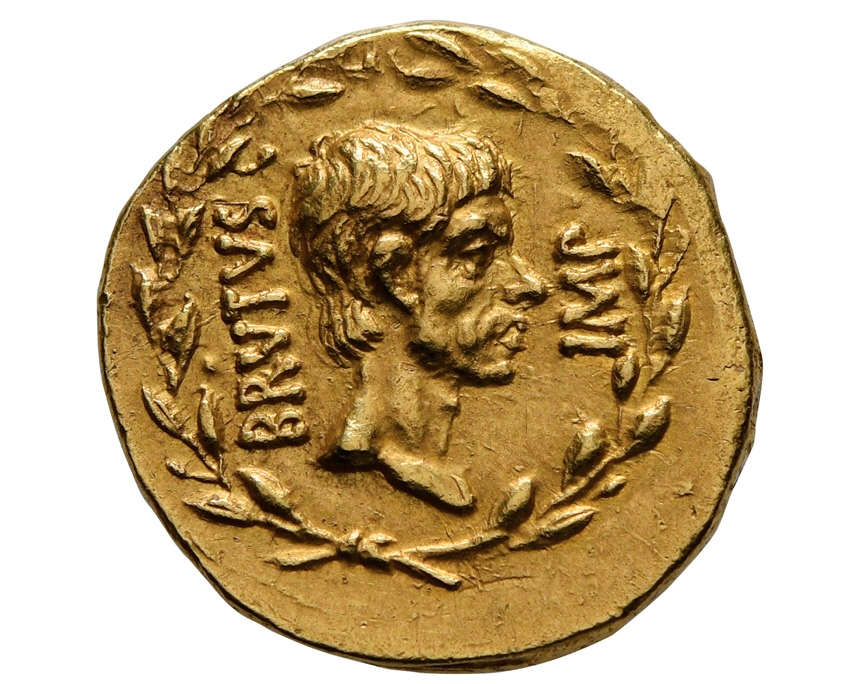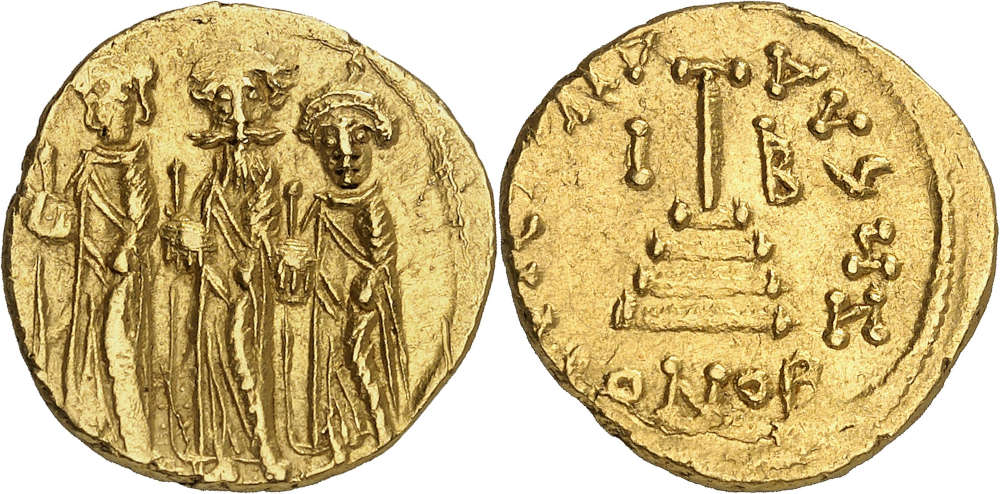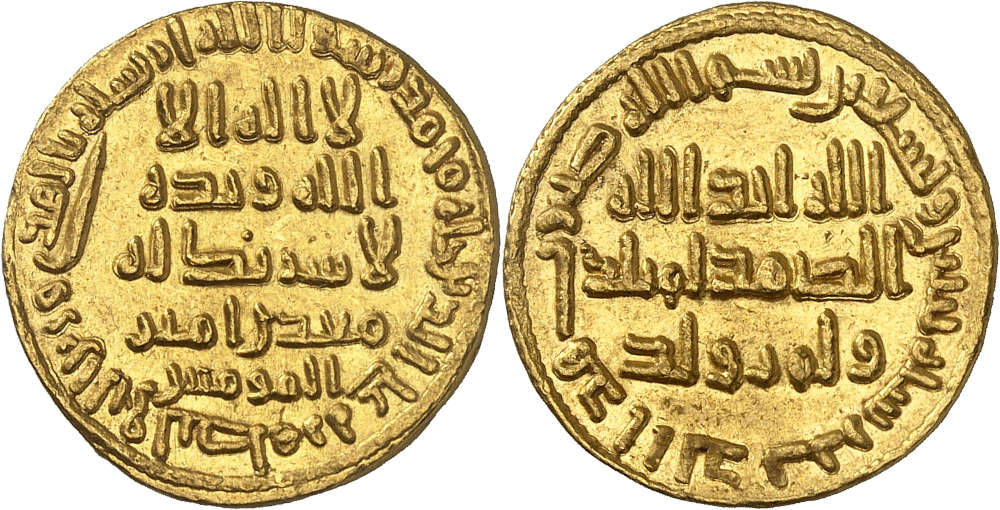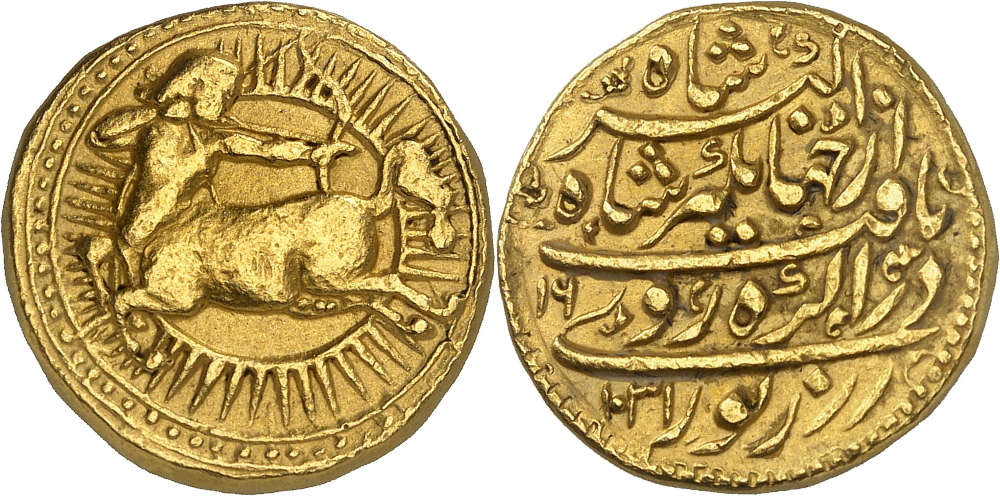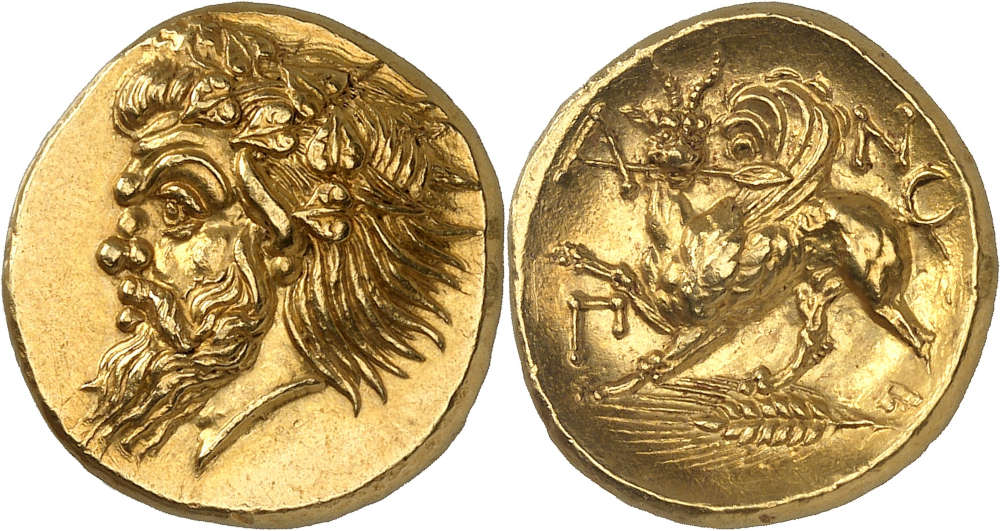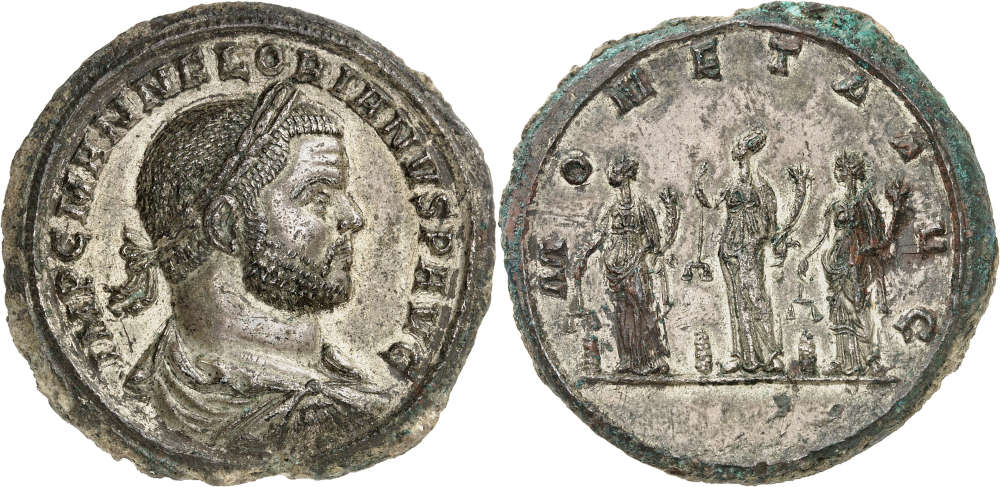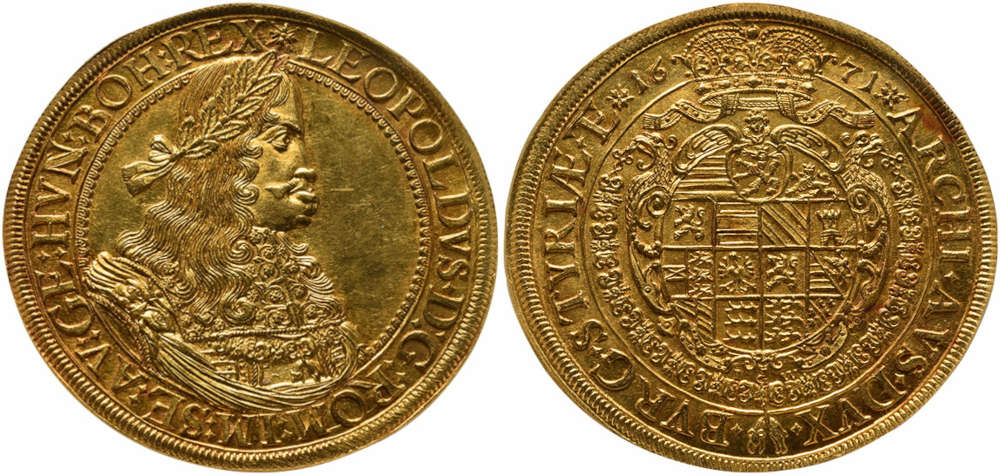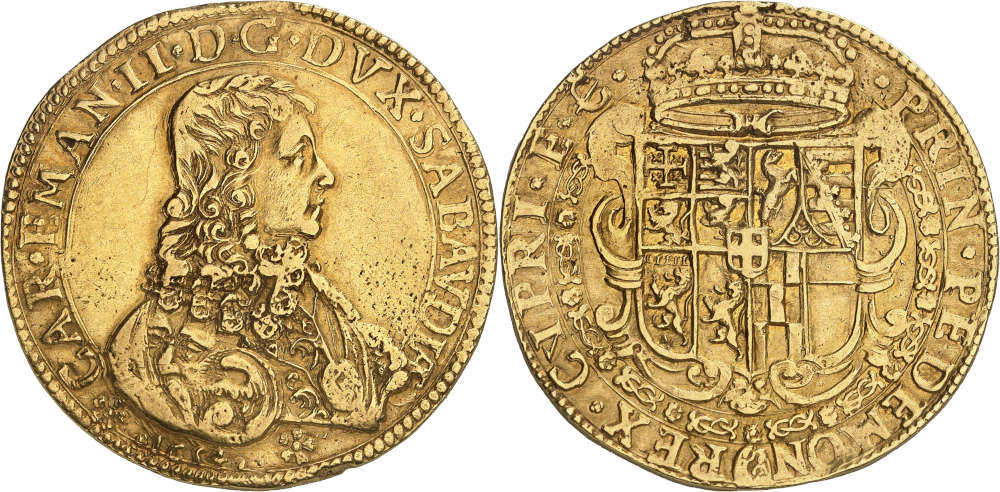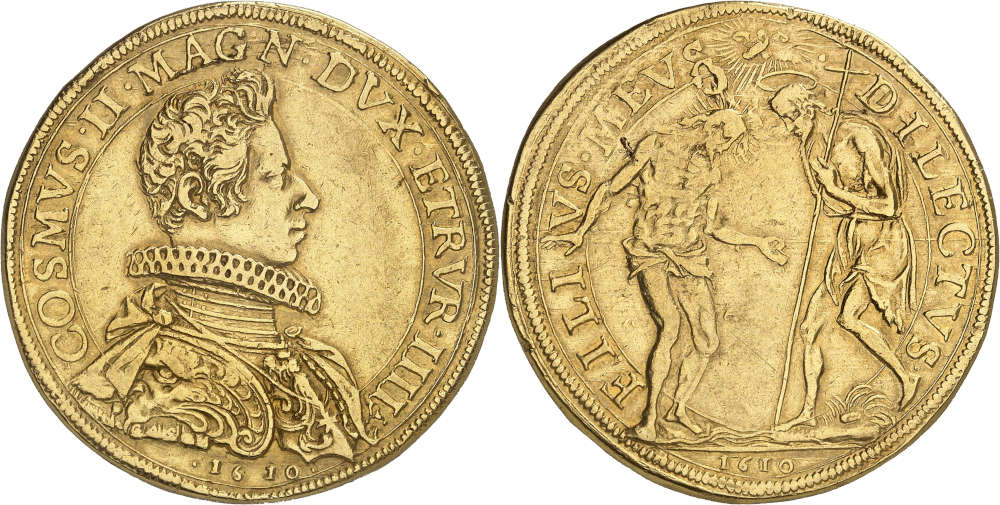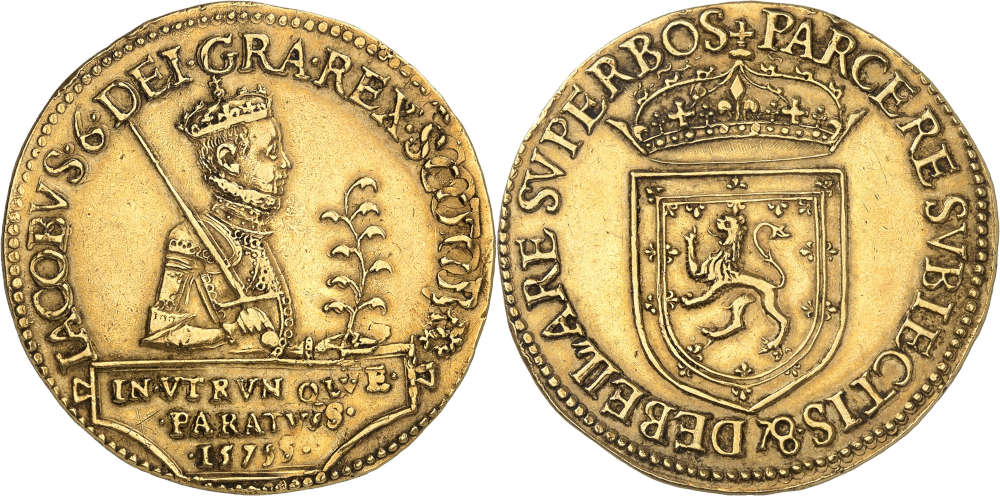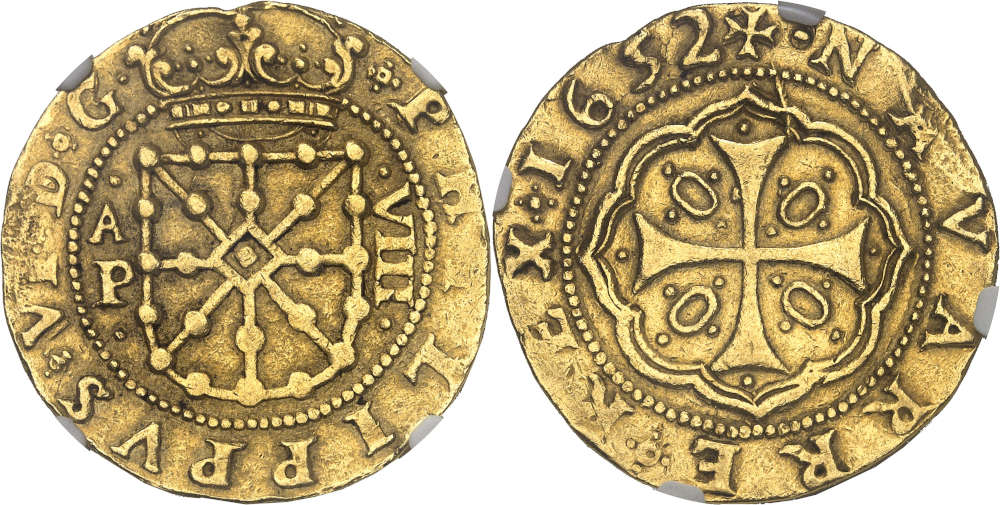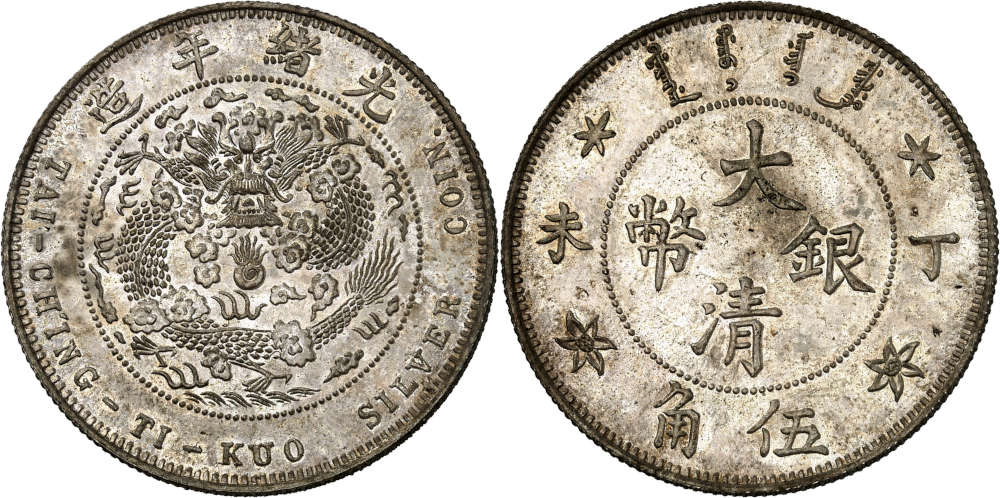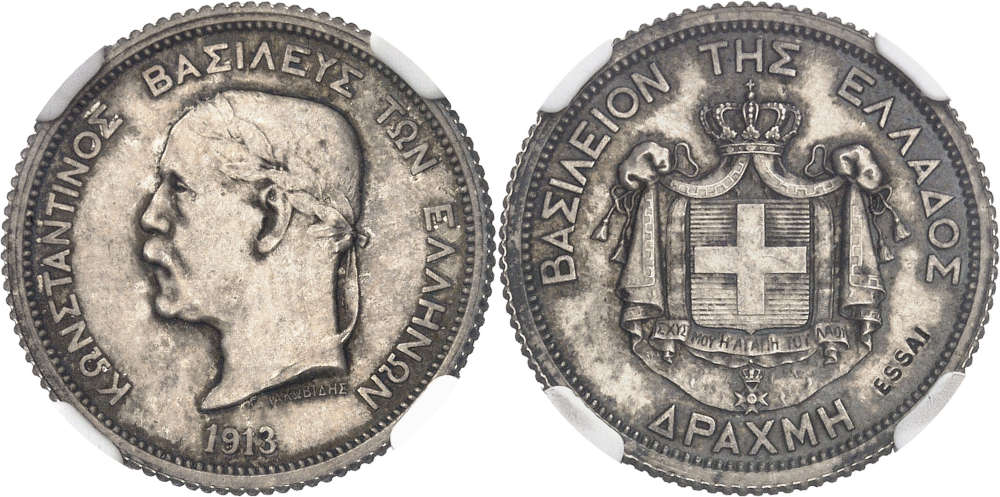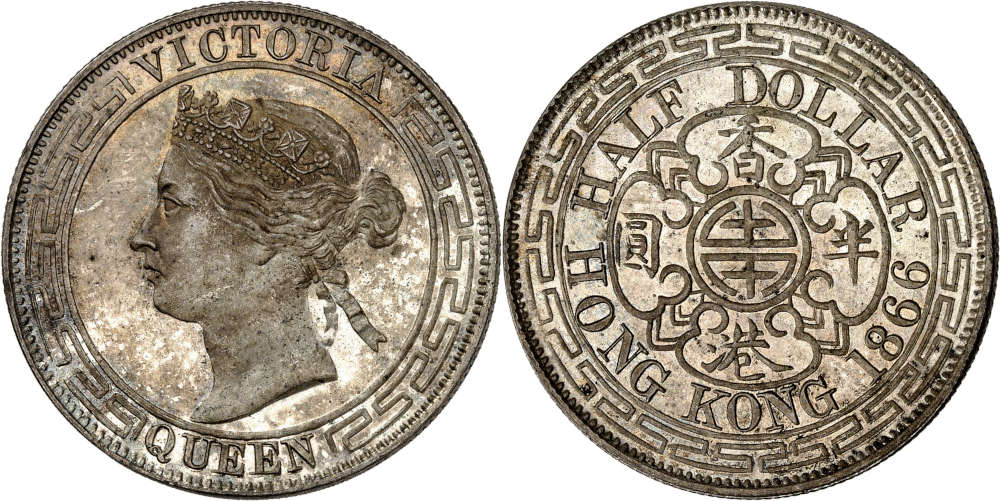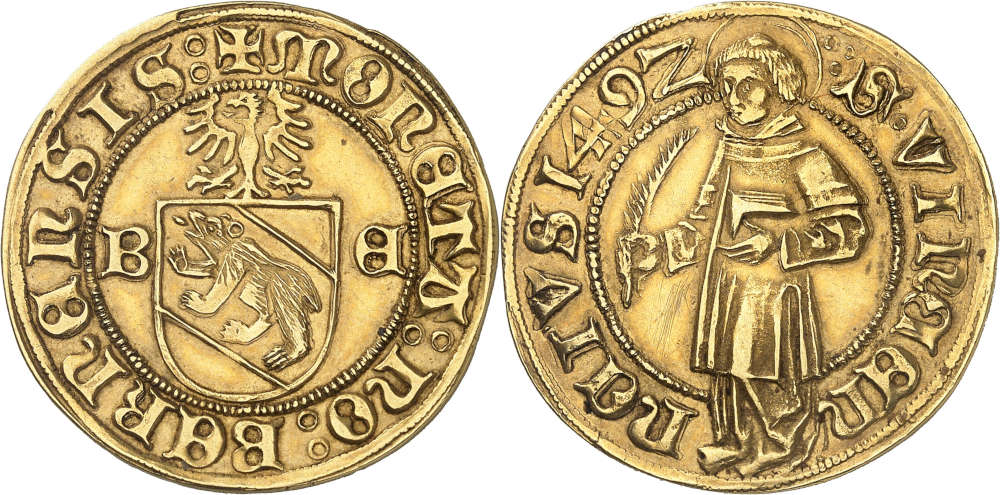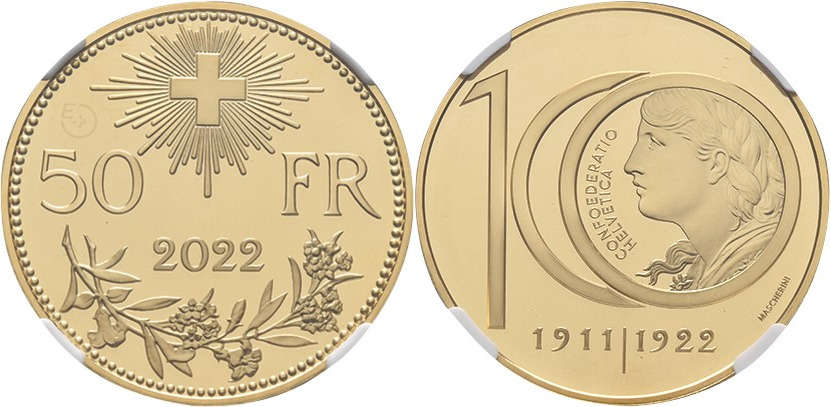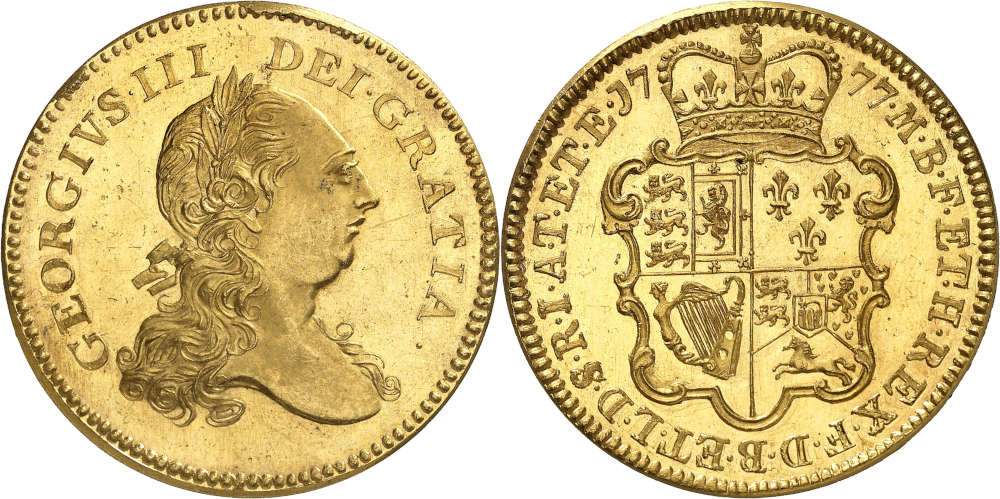Numismatica Genevensis SA – For Those Who Strive for Perfection
Numismatica Genevensis SA
Auction 19, 20 and 21
Coins
9-10 December 2024
CH-Geneva
After a two-year break, Numismatica Genevensis will present three auctions of masterpieces from the world of numismatics on 9 and 10 December 2024. Those who appreciate pieces of perfect quality will certainly be familiar with the Geneva auction house and know exactly that only the most exquisite coins are offered there. So look forward to a particularly magnificent high-end sale! On offer are first-class individual pieces as well as exceptional collections, covering the entire numismatic spectrum from antiquity to the present day.
Auction 19: The Islamic World
Numismatica Genevensis has been a specialist in Islamic coins for many years. 2024, an entire catalogue is dedicated to this field.
It starts with 33 issues of the Umayyads, which are still strongly influenced by the Byzantine coinage. The main piece is the famous solidus of the caliph Mu’awiya, which is an almost perfect imitation of a solidus of Heraclius – the only difference is that there is a T instead of a cross on the reverse. Incidentally, this is said to have been the reason why the coin was not accepted in the markets and quickly disappeared from economic life.
The top lot in the auction, estimated at CHF 200,000, is an extremely rare gold dinar from the year 92 of the Hijrah (= 711). What is special about this coin is that it was not minted in Damascus but in Medina on the orders of al-Walîd I ibn ‘Abd al-Malik. The legend, which gives the detailed name of the city – Ma’din Amîr al-Mu’imîn – underlines how remarkable this was. The coin gives us an insight into the politics of al-Walîd: the 6th caliph strengthened the role of Medina, making it a capital alongside Damascus. The city’s right to mint its own coins was to reinforce its new status.
By the way, you should also not miss out on browsing this catalogue if you are interested in Habsburg coinage. The auction presents a small series of Maria Theresa talers with Arabic countermarks. They bear witness to Europe’s close economic ties with the Arab world, the source of the highly popular coffee.
A small series of Indian mohurs by Akbar and Jahangir complete the offer.
Auction 19 closes with a museum-quality collection of 114 Islamic glass weights offered as a multiple lot. It contains mainly Fatimid glass weights, but also pieces from other periods. It is to be hoped that this collection will be studied in detail after the sale and, perhaps, will even be published. It certainly deserves it!
Auction 20: Numismatic Masterpieces of Ancient Times
As with all Numismatica Genevensis auctions, connoisseurs will find a small but exquisite selection of ancient coins that combine masterful die-cutting, exceptional quality, historical importance and long pedigrees.
The highlight of the about 50 lots is a Republican aureus with the portrait of Brutus, created in the decisive years before the Battle of Philippi, i.e., before 43-42 BC. This aureus may well be considered one of the historically most important pieces of Roman history. And it also has an outstanding provenance: the coin used to be part of the collection of the Italian politician Giuseppe Mazzini (1883-1961), best known to numismatists for the five-volume publication of his impressive collection.
Auction 20: Highly Important Numismatic Masterpieces from all over the World
Compiling an auction preview for a Numismatica Genevensis sale always means having to choose which of the many important pieces to highlight. How about the tenfold ducat of Leopold I from Graz with a provenance that dates back to 1893? After all, this is the best coin of this type known to NGC. Or rather a perfectly preserved and extremely rare off-metal strike in gold of the écu au bandeau by Louis XV of France?
Are you a collector of German gold multiples or coins from Nuremberg? In that case you will be tempted by the tenfold 1694 ducat minted with the dies of the 1694 taler. NGC graded the piece MS65.
Is it really possible that the Una and the Lion, which is also on offer, is overshadowed by other highlights of English numismatics? Yes, it is! Una and the Lion pales in comparison to the extremely rare sovereign of Henry VIII and a small series of Oxford issues by the beheaded Charles I. One of them even comes from a royal collection.
Fans of Italian numismatics are also spoilt for choice: How about a 10-scudi piece by Carlo Emanuele II of Savoy? It was minted in 1654 in Turin. Or rather a coin from Florence? There is a gold piaster of 5 doppie on offer, minted in 1610 on behalf of Cosimo II.
Not only Scottish nationalists will be excited by the extremely rare 20-pound piece by James VI (also King of England and Ireland as James I), struck in Edinburgh in 1575. It is the heaviest gold coin minted in Scotland and was only issued for two years.
There is no doubt that an icon of Spanish numismatics must be presented in this preview. After all, Ignacio Gutiérrez Delgado called it the “Queen of 8-escudo pieces” in his book Los Doblones de a Ocho Escudos. It is the rarest eight-escudo piece of Spanish history, a unique rarity minted in 1652 in Pamplona. The coin has a fascinating story, involving title disputes, coin fraud and a reconciliation between the Parliament of Navarre and the King of Spain. Read the auction catalogue for all the details!
Auction 20: The Half Crown Collection Part 1: A-H
Numismatica Genevensis not only focuses on exquisite quality when it comes to the great rarities. Even regarding normal circulation coinage of the past, outstanding quality is a top priority. But what does “normal circulation coinage” even mean when an exceptional ensemble like the Half Crown Collection is up for auction? No matter what you collect, if you are missing half crown-size coins in your collection, you will find them in this sale – and the pieces will be of fantastic quality. Most of them were graded by NGC. NGC even described many of them as “Top pop”, i.e., the best-graded specimen.
The collection does not only contain half crown-size coins from Europe – although the German states alone are represented with 182(!) lots. There are issues from all over the world, with a fabulous variety of coins from nations in Latin America, Asia and Africa.
But this is not the end of it as only part of the collection will cross the auction block in 2024. This sale will see the first half with coins from countries whose names begin with the letters from A to H. Country names are given in English.
Auction 20: Swiss Coinage with Swissmint Patterns
As a Swiss auction house, Numismatica Genevensis naturally offers a wide range of Swiss coins. These include, for example, a 1492 four-gulden piece from Bern with a magnificent depiction of St Vincent and a provenance that can be traced back to 1936.
Numismatica Genevenis is also offering Swissmint patterns for a number of commemorative coins that were or will be issued between 2023 and 2025. What is remarkable about these pieces is that they are “actual” patterns, i.e., pieces that were not produced for collectors in low quantities with slight deviations from the final type. That is why there are only one, two or three specimens of each pattern!
Patterns play a crucial role in the minting process. They enable minting engineers to explore the possibilities and the limitations of coin minting. The conclusions that can be drawn from these trial pieces have a direct influence on the final coin die.
Let us take the example of three patterns for a gold coin that will be issued in 2025 for the 100-year anniversary of the popular 100-franc vreneli. It was created from the adjusted dies of the 50-franc gold coin of 2022, but has the technical specifications of the new 100-franc gold coin. The final design for this piece will not be revealed until early 2025. But the patterns give us an insight into the production process. These patterns are the result of Swissmint’s tests to see how far they can reduce the minting pressure. This is an important step to save energy and make sure that the dies can be used as long as possible.
Auction 21: The Only Complete Series of ALL Five-Guinea Pieces in Private Possession
Auction 21 will start on 10 December at 5 p.m., bringing the auction cycle to a worthy finale. For auction 21 contains the world’s only complete series of all years of the British five-guinea pieces.
These exclusive gold multiples were first issued in 1668. The Royal Mint produced 46 different years for circulation. The last pieces were issued as patterns in 1777.
While many other nations continued to rely on the silver standard for decades, Great Britain was the first country in the world to adopt a de facto gold standard. The magnificent five-guinea pieces bear witness to the fact that gold was soon to become the standard for many economies.
All five-guinea pieces offered in this auction are in exquisite condition, often holding the highest grade ever awarded by NGC for that particular coin type.
Print catalogues can be ordered from Numismatica Genevensis SA, Rue François-Bellot 4, CH-1206 Genève, phone: +41 / 22 / 320 46 40, email.







